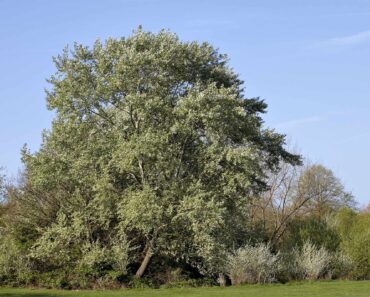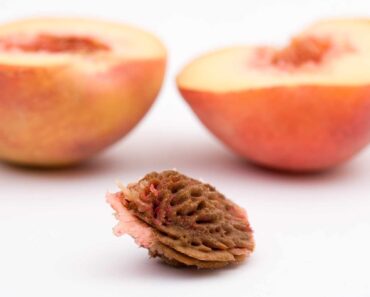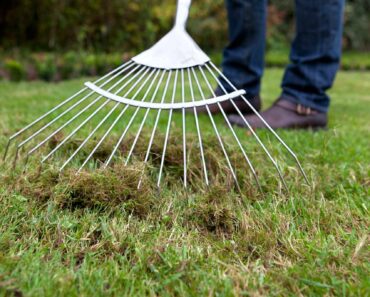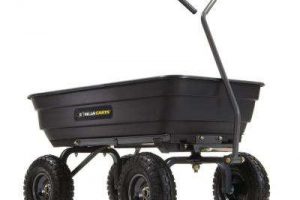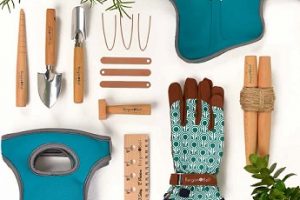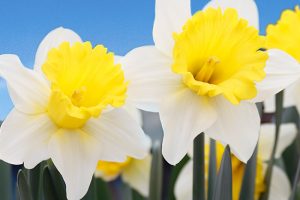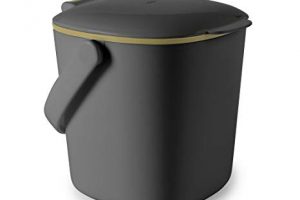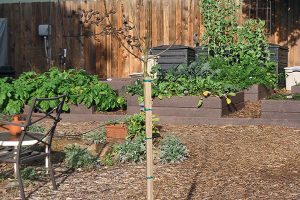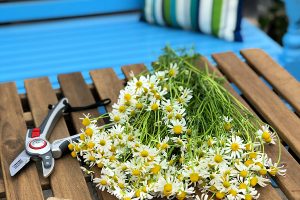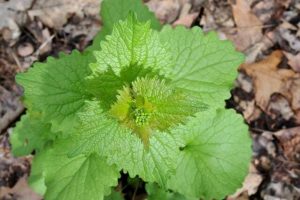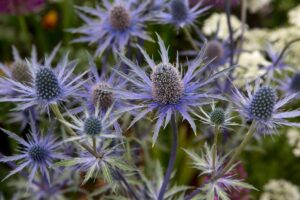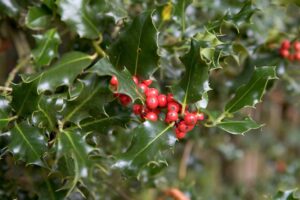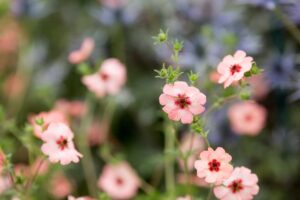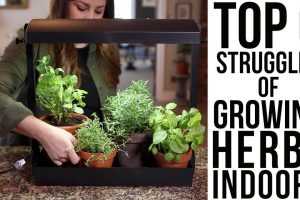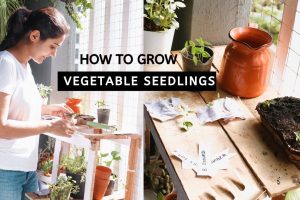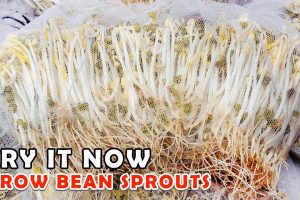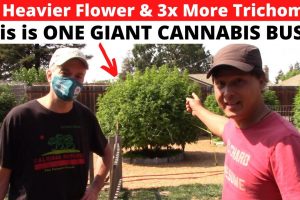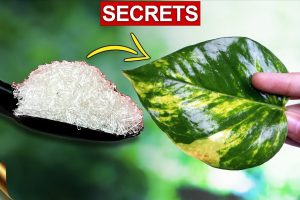
Conifers are plants that have cones. The seeds are borne on the outside of their cones which, botanically, classifies them as ‘gymnosperms’ (naked seed). There’s a huge variety of conifers to grow, which have a wealth of uses in the garden. Conifers come in a range of sizes and shapes, starting from miniatures and dwarfs, through to compact and medium-sized plants in shapes from slender and upright to low and wide-spreading. The largest conifers develop into towering trees many metres high and wide.
Some of the most common conifer trees include yew (Taxus baccata) and Leyland cypress (x Cupressocyparis leylandii). Almost all conifers are evergreen, which makes them useful for screening, windbreaks, and year-round ornamental value, although they’re most valuable as a garden plant in winter, when little else is in leaf. Deciduous conifers exist too, including our native larch (Larix decidua) and swamp cypress (Taxodium distichum). Diverse foliage colours range from greens of all hues through to shades of blue, yellows from soft muted tones to glowing gold, even purplish and red-tinted foliage. Leaves are usually slender, needle-like, or scale-like, and covered in a thick waxy coating, making them tolerant of extreme conditions such as drought and wind.
Choosing the best conifers to grow
With such a variety of conifers to choose from, it’s important to select the right ones for your garden. Always check the mature size and shape of the tree, before selecting according to foliage colour. Many conifers, such as the Leyland cypress (x Cupressocyparis leylandii) grow extremely quickly – up to a metre per year – so bear this in mind as you will need to prune it regularly to maintain its size. Bear in mind, also, that most conifers need free-draining soil.
Miniature and compact-growing conifers
The smallest conifers make superb long-lived feature plants for the garden, especially in prominent areas like front gardens and patios where year-round interest is most needed. ‘Miniatures’ are the tiniest and slowest-growing of all, suitable for pots, troughs and rockeries, while ‘dwarf’ conifers are slow-growing and ideal for large pots, raised beds, and borders. Offering a wealth of interesting shapes, forms, foliage colours, and textures, these conifers are particularly valuable for winter interest when there is comparatively little else looking good.
Junipers, pines, spruce, and thuja are some of the larger groups of conifers that include miniature and dwarf-growing varieties, though there are many others, too. In many cases the clue is in part of the name: for example, ‘Minima’, ‘Nana’, or ‘Compacta’ means small-growing. Do thoroughly check the plant’s details before buying as the often-complex names of conifers can be confusing, and don’t assume that varieties of the same species grow to similar sizes. For example, Hinoki cupress (Chamaecyparis obtusa) includes varieties such as ‘Nana Aurea’, which grows to under 2m high, while other varieties such as ‘Crippsii’ reach 15m.
Larger conifers
Intermediate conifers make splendid garden plants. As well as giving all year-structure and screening, their shapes and colours make handsome backdrops and contrasts of form to other border flowers, particularly airy ornamental grasses and colourful flowering perennials.
The narrowest, tallest conifers have a small footprint with slender pencil-thin upright shapes. The best-known of these is Italian cypress (Cupressus sempervirens ‘Pyramidalis’).
Pyramidal-shaped conifers are wider at the base, while other cypress, junipers, spruce and thujas form a rounded, oval, or dome shape.
Low-growing and wide-spreading conifer make excellent ground cover in borders and on slopes or banks, notably some of the junipers such as Juniperus squamata and Juniperus pfitzeriana varieties.
Tall conifers
Where there is plenty of space for large trees to grow and mature, choose tall-growing conifers as individual specimen trees. Make sure there is sufficient room to fully appreciate their graceful shape, attractive bark, foliage colour and form, as heights can range from 10m to in excess of 30m. Evergreens include species and varieties of Cedar, Cupressus, fir, Lawson’s cypress, Japanese cedar, and the largest of all, giant redwood. Deciduous conifers include larch and swamp cypress.
Conifers for hedging
Conifer hedges give year-round structure and screening, shelter from wind, and provide shelter for wildlife. Whilst mostly planted on garden boundaries, conifer hedges also make excellent dividers within a larger garden. However, because some conifers grow extremely quickly, if they’re not regularly trimmed they can become the subject of neighbourly disputes. Some of the best conifers for hedging include yew (Taxus baccata) and Thuja plicata.
Pruning conifers
Pruning conifers regularly is essential to maintain compact growth. Once a hedge is neglected and grows without check, it’s hard to get it back into shape, as most species won’t regrow from old wood. If regularly trimmed, a conifer hedge can be kept to as little as 1.5m high, but if left unattended, hedging conifers achieve 10-20 metres in height when mature. Most conifer hedges need trimming to a formal shape with upright, slightly in-sloping sides and a flat top, once or twice a year.
Advice on buying conifer trees
- Garden centres and nurseries offer conifers in pots that can be planted at any time, although spring and autumn are the best times to plant
- A more extensive selection is available from specialist conifer and hedging nurseries, as well as larger specimen plants
- Always buy from a reputable source and ideally where plants are labelled with their full botanical name so you can be sure you’re buying a conifer of the right size
- Bear in mind that all conifers look cute when tiny and in a small pot, but you could be unwittingly buying a giant
Where to buy conifer trees
Types of conifer to grow
Leyland cypress (x Cupressocyparis leylandii)

The most popular conifer to grow, Leyland cypress has mid-green foliage, plus varieties with yellow or bright gold leaves. Height x Spread: 20m x 7m
Lawson’s cypress (Chamaecyparis lawsoniana)

Comes in a range of varieties, shapes, sizes and foliage colours, with plenty of options for rock gardens and containers. H x S: 6m x 2.5m
Thuja plicata

This fast-growing hedging plant has handsome mid-green foliage. It can also be grown as a standard, specimen tree, with its pyramidal shape. H x S: 15m x 3.5m
Yew (Taxus baccata)

This classic favourite hedging plant of English gardens has dark green foliage and makes an excellent formal hedge. It can be slow growing but if you prune it from the sides, rather than the tips, it can grow between 10am and 30cm per year. It’s easy to prune into shape, including topiary.
Italian cypress (Cupressus sempervirens ‘Pyramidalis’)

Used in Mediterranean gardens to add structure and interest. Suitable for growing in large pots and often used as formal decoration on either side of entrances . Slow growing and drought resistant H x S: 12m x 4m
Juniperus squamata

This slow growing, dwarf conifer has a compact, spreading habit, and is perfect for rockeries and using as ground-cover. There are lots of cultivars to choose from, including ‘Blue Star’, which has attractive blue-green foliage. H x S: 40cm x 1m.
Juniperus pfitzeriana
Another low-growing juniper with a dense habit, many cultivars have gold-green foliage that gives light to the garden on dull days. H x S: 1m x 2m.
Korean fir, Abies koreana

Pine cones are a striking violet blue, contrasting with dark green, twirling, needle-like foliage. A fantastic specimen tree for a lawn or focal point of a border. Slow growing. H x S: 10m x 6m.
Cedar trees (Cedrus)
Cedar trees are large conifers, suitable only for large gardens. They typically form a broad crown with tiered branches, and have foliage with hints of silver and blue. Large, barrel-shaped conifers appear from late summer. H x S: 12m x 8m
Japanese cedar (Cryptomeria japonica)

These low-growing, ground-cover conifers are dwarf in size and typically form a mound, and are suitable for growing in rockeries and pots. H x S: 1m x 1m

